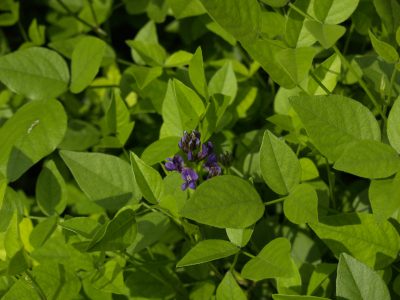Why do we prune trees in Winter?
We want to prune trees in winter because this is the least stressful time for the tree.
You can definitely prune woody plants at other times of year, but pruning in winter takes advantage of the tree’s natural growth cycle and encourages faster, more complete healing.
Most of our trees are deciduous, so they are dormant in winter. And even semi-evergreen species like live oaks don’t actively grow when it’s cold out. So their plant sap, which contains water, nutrients and hormones, isn’t actively flowing at this time of year. This means that the cut surface won’t have lots of sap rushing to it, as it would in the spring, which would attract insects and disease spores–which are also more active in warmer weather–to the source of a direct route into their body.
But a bit of sap-flow is actually a very good thing, leading to natural healing of the wound. Shortly after being cut, the tree will start to form callus tissue, which will at first look like a small donut ring, and will eventually, perhaps after many years, grow to cover the entire cut surface.
And because you want a little sap-flow but not too much, the late winter, when plants are still asleep but are getting READY to wake up, is the best time in the plant’s natural growth cycle to take advantage of this strategy.
This is especially true when pruning oak trees, to avoid the possibly of oak wilt, which is insect-vectored. Like most insects, the beetles that vector oak wilt are not active during the winter, so there is very little chance of infection if you prune at this time.
Because of oak wilt, it’s advisable to paint the pruning cuts on oak trees. But this is NOT recommended on other species, since the pruning paint actually inhibits the natural healing process.

 Jim Weber
Jim Weber Lynne Weber
Lynne Weber Ashley McKenzie
Ashley McKenzie Daphne Richards
Daphne Richards
 Trisha Shirey
Trisha Shirey